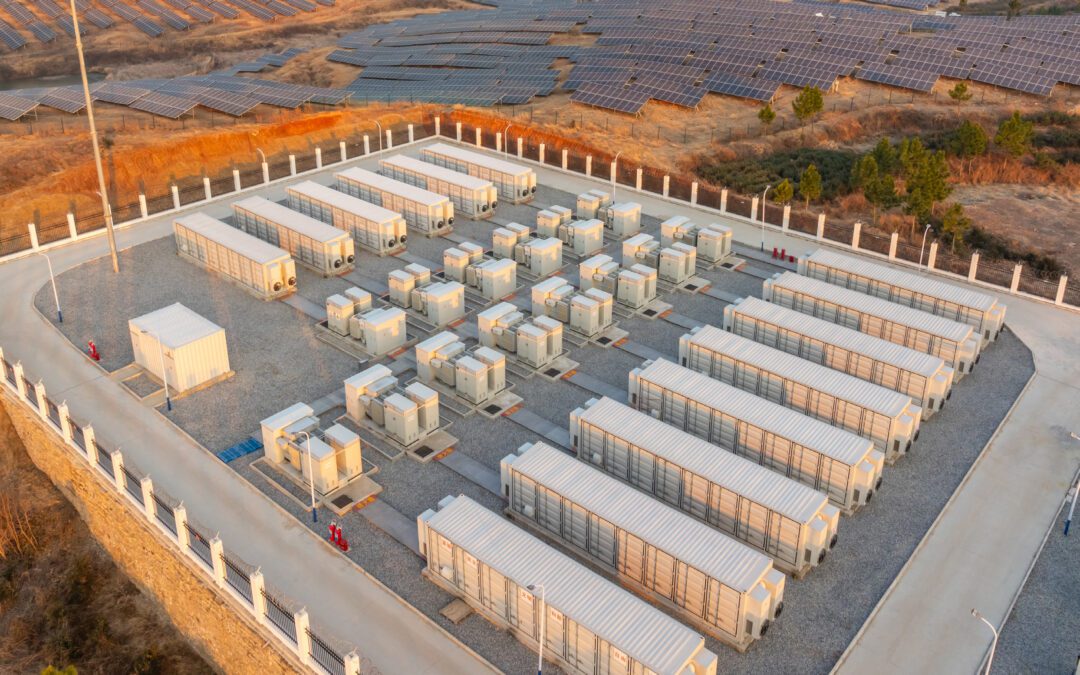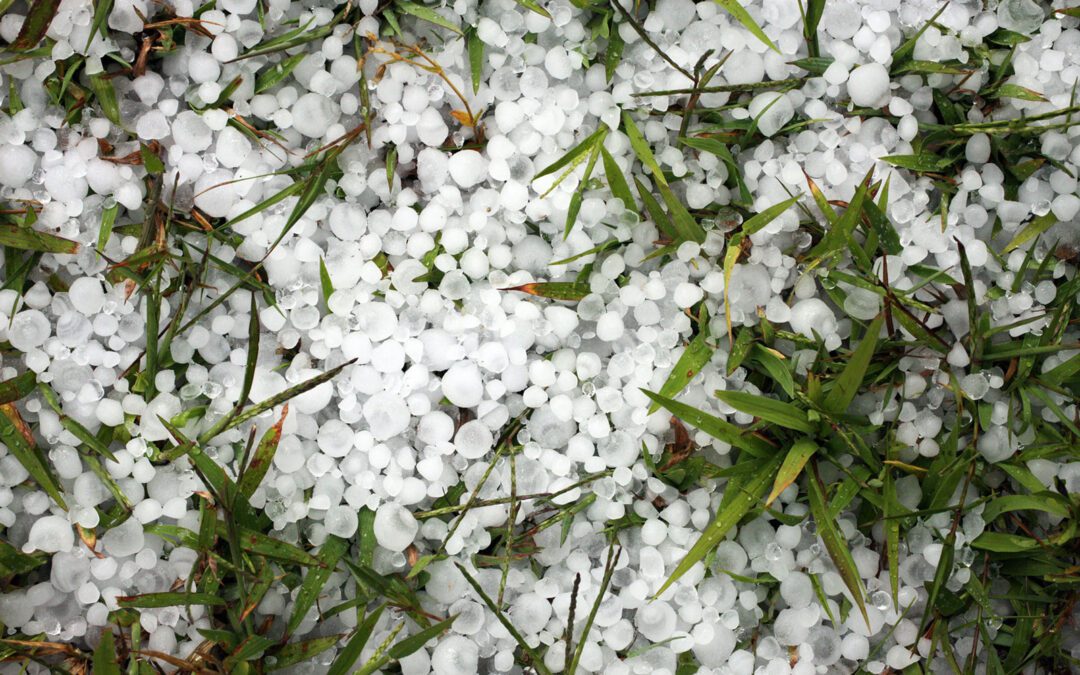Let the Risk Managers at RenewableGuard help you reduce your risk and insurance premiums by leveraging a free software tool that provides loss potential data of natural hazards occurring anywhere in the world
Renewable energy companies spend billions of dollars each year on the development and operation of high tech energy producing facilities. Beyond the actual hard costs to build, there are insurance soft costs that can vary significantly simply because of the facility’s physical location. Bottom line, projects that are built in areas that have a higher likelihood of being damaged or destroyed due to a natural hazard (earthquakes, hurricanes etc), pay much higher insurance premiums than those built in safer regions. Unknowingly, renewable energy companies may be taking on more risk than they’d like. Now there is a free software tool that can help these companies analyze and asses just how exposed they are, allowing for better business decision making and overall risk management.
Here is the link to a software tool offered by Munich RE, an international insurance company. Per Munich RE, the added value for businesses lies in combining their own risk data with their exposure levels to natural hazards. We at RenewableGuard couldn’t agree more and we often use this data to help renewable energy businesses analyze their own exposure and how exposures also impact their insurance costs.
Here is an example of how insurance premiums would be impacted by natural hazards on a $200M utility scale solar project near an earthquake fault zone:
The property rate on a $200M project in the US with low exposures might be 0.1% of the sum insured, or $200,000. But if that location is also near an earthquake fault line, lenders will push the developer to also purchase a sub limit of earthquake coverage. This is where things get costly. If the insured were required to carry a $40M sub limit for earthquake on the $200M project, their insurance premiums for property coverage would almost double! The insurance rate for earthquake coverage might be 0.4% of the $40M sub limit. Do the math and this translates to an additional $160K of annual insurance premiums for a grand total of $360K in premium!
Soft costs like insurance premiums cut directly into the returns on these projects. Exposures like earthquake, typhoons, hurricanes, tornadoes, and flooding all impact insurance premiums. When developing your next project or assessing your existing portfolio, we invite you to have RenewableGuard review your data from Munich RE’s software tool and provide recommendations on how to reduce your risk and overall insurance costs. Wouldn’t it be nice to know what exposures impact your facility prior to breaking ground on your next project? Try the link out today and see just how risky your next project really is, you might be surprised.
This article was published by Michael Cosgrave, CRM, CIC. Michael is a Certified Risk Manager for the Renewable Energy Industry, manages the insurance services offered through RenewableGuard and is the nationally endorsed insurance broker for a highly effective and encompassing multi-line renewable energy industry coverage program.











